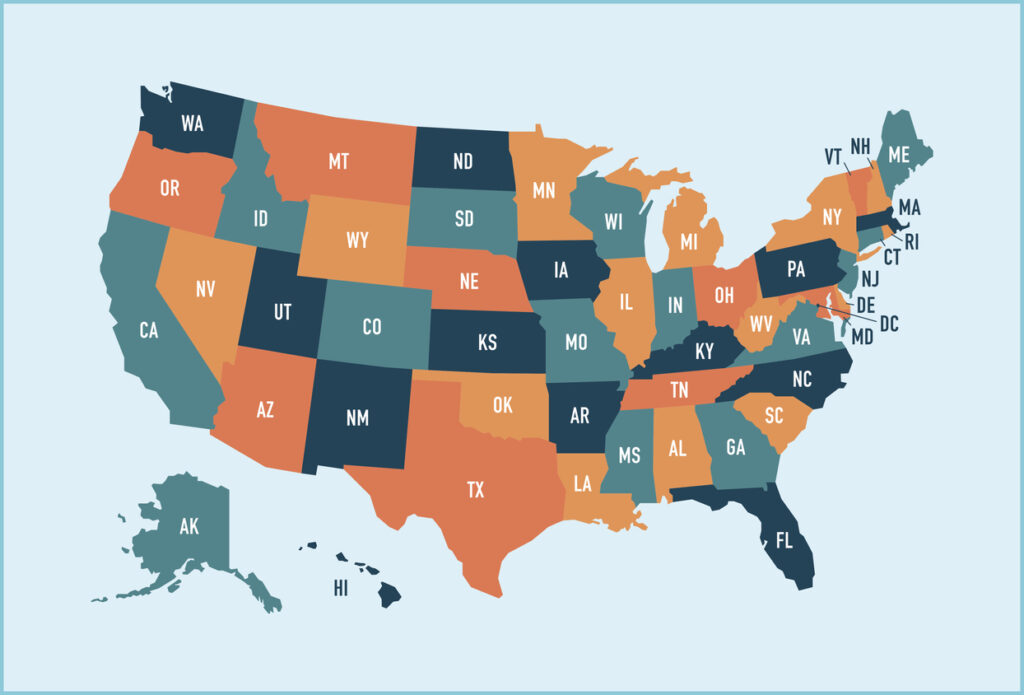Risk management through insurance remains the most prudent of protection. Insurance protects people, property, and assets against the financial consequences of life’s uncertainties. Insurance companies have put in place different suits to cover diverse requirements of insurance consumers. This is what you need to know about if you know to start;
You cannot eliminate risk, but you can manage it. Risk management involves the following
- Identifying the type of injury or damage that can happen
- likelihood of it happening
- measuring the possibility of it happening
- identifying how you avoid the risk
- accessing the how to reduce the damage or injury
- when all the above fail, then you need to transfer of risk to another party
Insurances Companies have the capacity to take on these risks. They have been providing risk management for ages.
#1. Health Insurance Risk Management
It helps people that require medical care get it by paying some or most costs when they see a doctor at the hospital. This insurance risk management covers inpatient and outpatient costs. It also covers lab services and x-rays as well as preventive services like vaccines. There are two main kinds of cover.
Fee-for-service plans; where hospitals charge you for each service they perform. This model can be susceptible to misuse because the emphasis is on quantity and not the quality of service. Managed care health insurance is a type of medical insurance and system that aims to deliver quality health care services while minimizing costs. It is popular in the US. I like this explanation by Cigna.
The main features of medical insurance are
Co-Pays:
This is a sum that you pay, usually, it is a flat amount each time you visit the doctor or fill a prescription. If you have insurance, this cost is covered and then billed to your insurer. Typically, paying co-pays keeps patients from seeking unnecessary care and helps keep costs under control for providers and insurers.
Deductibles:
This is an amount is payable by the patient before insurance will make payments. For example, if your annual deductible is $500, you must pay it out-of-pocket for all covered expenses before your insurer pays anything for that year.
Coinsurance:
This is a percentage of medical costs that are covered after one’s deductible has been met. This percentage could be as low as 10% and as high as 30%.
Coverage Caps:
This is the maximum amount that your insurer will pay for covered services in a given year. For example, if your coverage cap is $1 million, your insurance will not cover any costs once you reach $1 million in expenses.
Exclusions and Limitations:
These are types of expenses that your insurer will not pay for, no matter what. If these apply to you, it would be wise to contact another insurance company or explore other payment options before agreeing to this coverage. Despite these exclusions and limitations, should you always a risk management instrument to cover medical emergencies.
Preferred Provider Networks:
These are networks of doctors and hospitals who have agreements with the insurer in order for their services at a lower cost. Out of Network Benefits: If you see a doctor or hospital outside your insurer’s preferred provider network, your coverage will be less than if you had seen an in-network provider.

#2. Home Ownership Insurance
Homeowner’s risk management cover protects your home and belongings against many events like fire, theft, vandalism, or weather-related damage such as a flood or hurricane. It can also cover accidents that happen inside your house when you have guests over for example if they trip on the stairs, fall down them, or break something in another room. You must buy homeowners insurance to protect yourself from being fully liable for any injuries that might occur at your home.
#3. Auto Insurance
Auto policies help people who own cars with damages caused by collisions with other vehicles while driving, hitting an animal or object in the road; loss due to fire; accidental damage including explosion or theft; or weather-related causes like hail, hurricanes, tornadoes, and floods. Auto risk management policies are different from one another because they include a variety of coverages to protect you when driving your car.
#4. Property Insurance
Property insurance covers damage caused by fires and other events such as flooding, earthquakes, and windstorms in order to replace damaged property with money that is similar but not necessarily identical. If you don’t have enough cash on hand, then this coverage can help pay for repairs up to the limit set by each policyholder’s agreement with an insurer. The main difference between homeowners’ and property insurance is that homeowners receive compensation if their house becomes increasingly inadequate, while property insurers compensate people fully for lost property.
#5. Disability Insurance
This insurance replaces a percentage of your income if you become disabled and can no longer work. Disability risk management cover is very important because it helps people stay financially secure even when they are unable to work due to an accident, chronic illness, or other health condition. The main difference between disability insurance and life insurance is that the former provides only temporary coverage for a limited time period, while the latter covers any benefits until death occurs. You always shop for the best insurance provider.
#6. Mortgage Insurance
Mortgage insurance is a type of insurance that protects lenders against losses due to defaults on home mortgages. A borrower pays premiums for mortgage coverage, but the lender can only claim against it in event of default. Although lenders have preferred insurance providers, they always give a list for you to make a determination. Go for the best offer.
Basic principles of Insurance :
Utmost good faith
This principle is a basic requirement of all insurance contracts. It basically means that both the insurer and insured must do their best to be completely honest with each other in every aspect of any agreement they make, including making an application for coverage or claims made under a policy.
In addition, it also instructs them not to intentionally mislead one another by withholding facts, misrepresenting facts, or misstating facts which might affect whether there will be a liability on the part of either party. Bad faith automatically nullifies your risk management effort from the word go.
Insurable interest
Insurable interest is when someone has a relationship to the property or person for whom you need risk management. This means that if you want insurance, you need to be the one who has something to lose in case of a problem. If you want to insure someone else and your house burns down, then it does not count as insurable interest because it would not affect you.
Proximate cause
Proximate cause is used to determine the liability of the insurer. It means that you must be able to establish that any type of loss or damage was caused by a specific risk covered under your policy. Again, when seeking risk management, you need to establish full insurable risk that must cover.
Indemnity
Indemnity can mean “reimbursing”. When someone is harmed, they might want to get paid for the harm that happened. Or when someone gets hurt because of another person’s negligence, then the other person has to pay. This means that both people should do good things and not hurt each other in return.
Contributory negligence
Contributory negligence is when someone fails to exercise reasonable care for their own safety. This could result in damage, an injury or loss of life because they failed to take all the precautions that a normal person would have taken. They are equally responsible for the damages caused by their actions and both parties involved should be held accountable (i.e., The other party who was at fault does not pay 100% of the costs).
Subrogation
Subrogation is when you give your right or claim to someone else. It could be the process of taking somebody’s place, like when an insurance company takes somebody’s place to make a claim against another person. This means that if you lose money from the insurer, they will try to get it back from another person.
You can also read on Critical Insurance benefits of insurance.
In conclusion, you need to know the risk management solutions that an insurance company can offer. This should be marked against your needs. Insurance policy contracts are contracts of utmost good faith, meaning that you must disclose every detail truthfully for the cover to be valid.
We hope this basic educational material will help you understand what you are up to when seeking insurance risk management solutions. Always seek advice from an insurance advisor.
If you like this article, please share it with friends and family. You can also subscribe or leave a comment.


